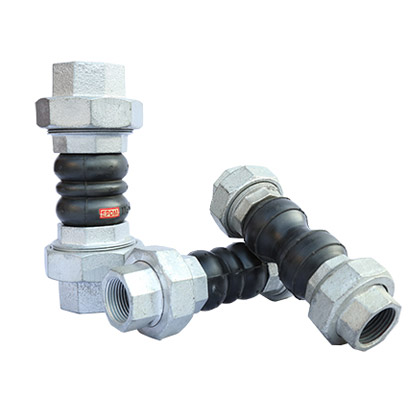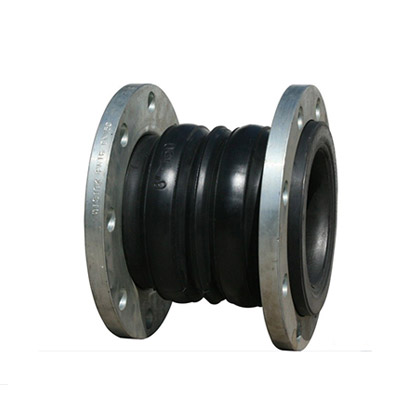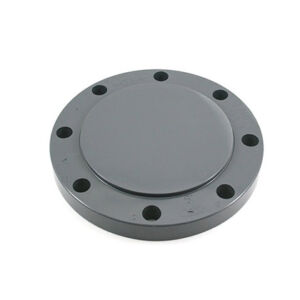Features:
Rubber joint is composed of rubber and metal, mainly used for pipeline connection and compensation, through the flexibility of rubber and the strength of metal can effectively reduce the vibration of the pipeline system, to protect the safe operation of the pipeline. It has the advantages of simple installation, convenient maintenance, economical and practical, and is considered as an ideal pipeline connection device.
Rubber joint has the following main characteristics:
1.Elastic deformation: Rubber joint can be elastic deformation within a certain range, so that the pipeline system can absorb and buffer stress when the pressure and temperature change, reducing the impact on the pipeline. This property protects the piping system from external factors such as vibration, vibration and earthquakes.
2.Good sealing: The rubber joint uses a special structural design to make it have good sealing performance. The rubber joint can fill and compensate the gap between the pipes when connecting the pipes, realize the tight connection of the pipes, and effectively prevent the leakage of liquid, gas or solid particles.
3.Corrosion resistance: Rubber joints are made of corrosion-resistant materials and can work stably in the environment of corrosive media such as acid, alkali and oil for a long time. This characteristic makes the rubber joint can be widely used in the pipeline system of chemical industry, metallurgy, petroleum and other industries.
4. Heat resistance: Rubber joints are made of high temperature heat resistant materials, can work in high temperature environment, usually able to withstand the temperature range of -40℃ to +120℃. This characteristic allows the rubber joint to adapt to the temperature requirements under various working conditions.







